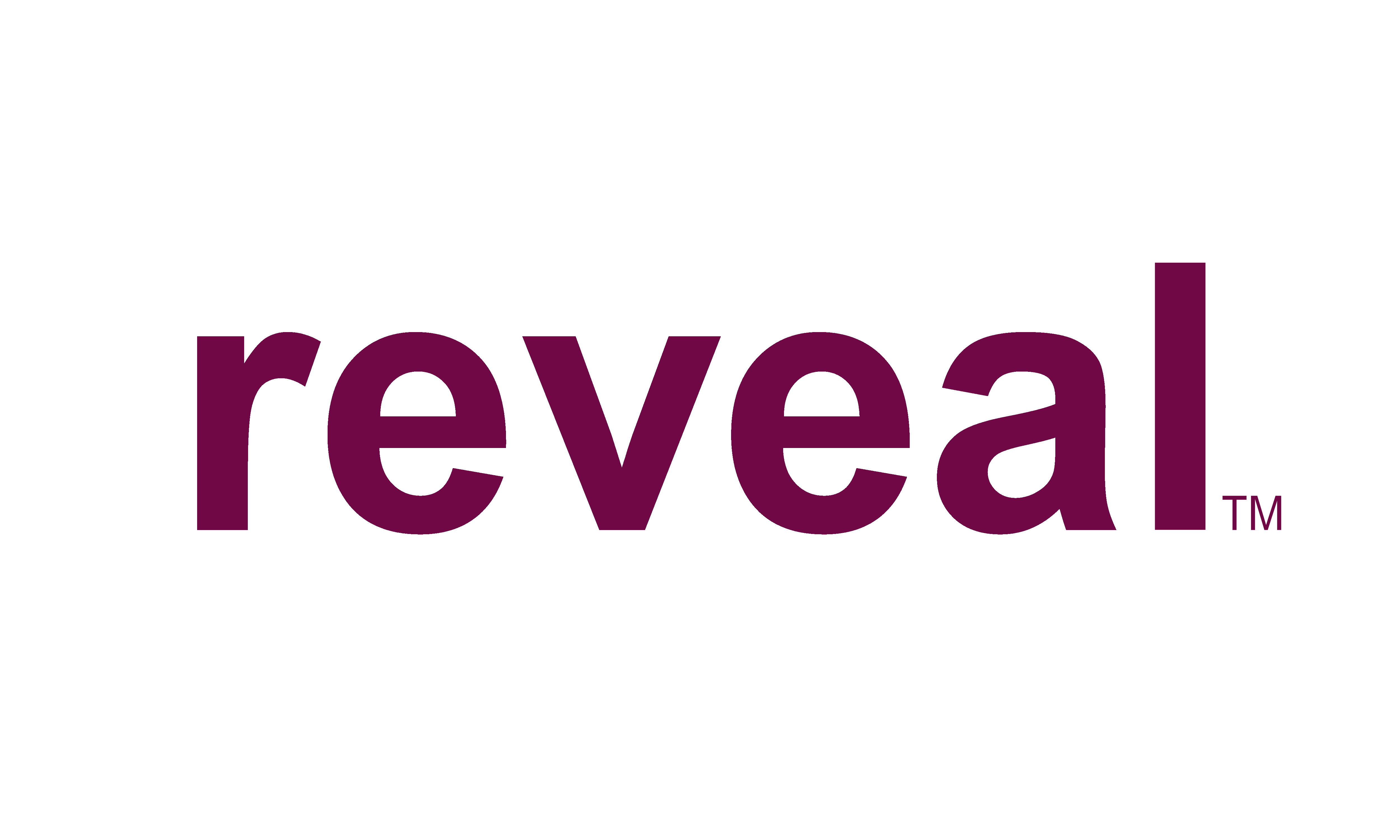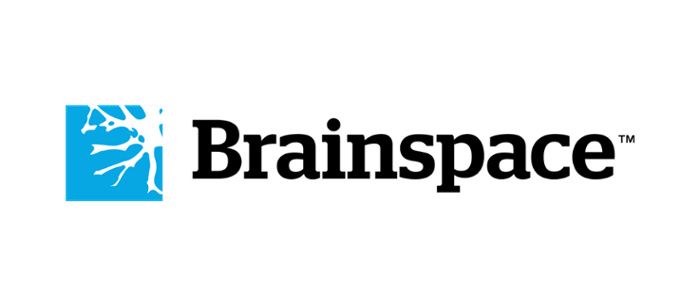If your organization has been looking for a clear and concise resource for cybersecurity guidance, the American Bar Association’s Cybersecurity Legal Task Force has you covered. They recently released the second edition of the Vendor Contracting Project: Cybersecurity Checklist, which is tailored to solo and small firm attorneys who interact with vendors that handle sensitive and confidential information.
Looking for more eDiscovery and information governance content outside of your normal feed? Here are a handful of recent podcast episodes that are both funny, relevant and informative to provide some pleasure on your next commute, or whenever you have some time to spare.
NIST Releases Tips and Tactics for Dealing With Ransomware
Ransomware is a form of harmful software created to inhibit access to a computer system, locking out the end user until a sum of money or specified ransom is paid. To combat this, NIST has released a guide titled Tips and Tactics for Dealing With Ransomware, complete with an infographic, two-minute educational video, and expanded PDF guide of actionable steps you can take now to protect yourself from the threat of ransomware.
Here are a few e-Discovery groups on the LinkedIn that are full of information from experts in the field of e-Discovery. Check them out and read along, and join the conversion.
Education is a core part of eDiscovery. The discovery process is full of nuances, ranging from the different technology used to the workflows and methodologies implemented. It’s important for legal professionals to maintain a level of familiarity with these specific workflows relating to the various stages of discovery. However, taking your knowledge in eDiscovery to…
The document review phase during a case can seem like a near impossible task. What looks like an endless pit of data is made even more complex through the mass amounts of words, phrases, characters and other searchable content that could in turn be possible evidence.
Although it may seem complicated, once understood it becomes easier to gain a grasp and control over your data
True ESI defensibility starts with maintaining the authenticity and privacy of the data from the moment it is collected all the way to hosting and later deletion. Data encryption provides the backbone for this security through concealing the data in a cipher, thus making it unreadable to anyone without the key.
Officially referred to as House Bill 969, the bill which is more commonly known as Florida’s consumer data privacy bill marks an important shift in overall consumer data collection governance in the US.
Following California’s implementation of the California Consumer Privacy Act (CCPA) which took effect on January 1st, 2020. The state is setting up the California Privacy Rights Act (CPRA) which is slated for January 1st, 2023.
The CRPA is an expansion beyond the CCPA, and will supersede it once the CRPA is fully effective. The key differences between California Privacy Rights Act (CPRA) & the California Consumer Privacy Act (CCPA) is the addition of the data minimization clause.
In line with a continued effort to help widespread adoption of the National Institute of Standards and Technology’s “Cyber Security Framework” (CSF), NIST has put out definitive cybersecurity guidance relation to positioning, navigation, and timing services (PNT).
Client Log-In
Call us at
888.99.TERIS
Disclosures




